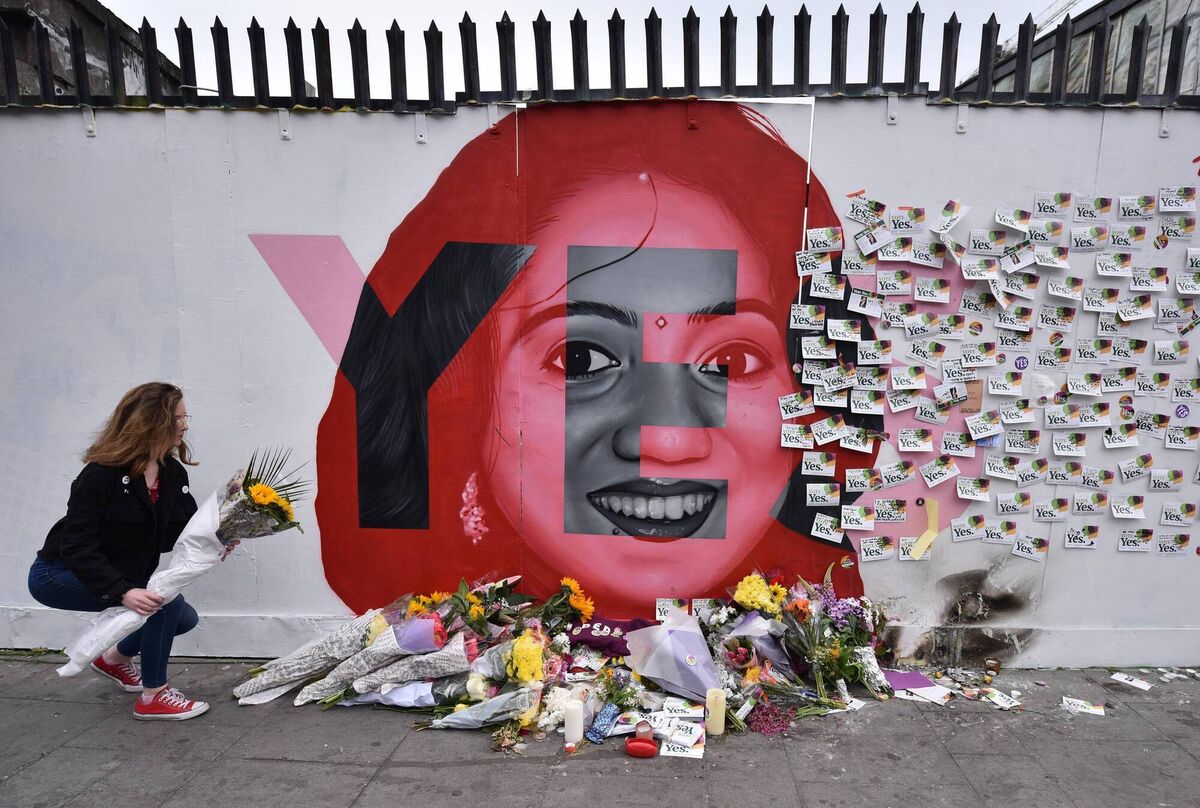Naomi Masheti: Race and ethnicity shouldn’t matter in maternity care. But they do

Nayyab Tariq: A loving, fun-loving, and accomplished academic and gifted biopharmacist.
Race and ethnicity should not matter in maternity care. However, findings of a systematic review of migrant women experiences of pregnancy and childbirth across Europe indicate that they are at risk of poorer pregnancy outcomes (Fair et al. 2020).
A confidential inquiry into maternal deaths, published in 2020 in the UK, found that while the maternal mortality rate is quite low in general, there remains a more than fourfold difference in maternal mortality rates among women from black ethnic backgrounds and an almost twofold difference among women from Asian ethnic backgrounds compared to white women, emphasising the need for a continued focus on action to address these disparities.
Feeling manipulated into having medical procedures, dismissed by professionals, and labelled with racial stereotypes were among the complaints by black, Asian, and ethnic minority women in responding to a panel established by the UK-based charity Birthrights, investigating the reported mortality disparity.
One of the parents, speaking about her experience, said she had raised concerns that her baby might be jaundiced when she was leaving the hospital, but the midwives failed to take her seriously. Eventually her baby had to return to hospital. She reported that the professionals really struggled to recognise the jaundice because her son is dark-skinned.
Another patient, of Asian origin, recounted her experience of being overlooked by maternity professionals.
Following the review, NHS England is working on a new strategy to tackle inequality in maternity and neonatal care and fast-tracking a continuity-of-care programme for women from ethnic-minority backgrounds, which is proven to significantly improve their overall experience of care.
This trend is, unfortunately, reflected in Irish settings. At a glance, the maternal death rate in Ireland is very low, at about three per 100,000 births, according to the CSO.
However, A confidential maternal death inquiry carried out in 2017 indicated that women born outside Ireland were over-represented in reported deaths, pointing to an increased risk for migrant ethnic minorities. Almost 39% of deaths were among women born outside Ireland, while this group represented just 24% of all women giving birth. The findings raised questions about how these women engage with maternity services.
Perhaps we can get a glimpse of this engagement through the reports on four deaths of migrant women in maternity care in Ireland that have received significant media attention in recent years: Bimbo Onanuga (32 years) in 2010, Dhara Kivlehan (28 years) in 2010, Savita Halappanavar (31 years) in 2012, and Nayyab Tariq (28 years) in 2020. A verdict of medical misadventure has been returned at the inquest into the death of each of these four women, with a catalogue of errors and failures to provide basic care to each of these women respectively highlighted.

This request was denied by the staff at the hospital who told her that Ireland was "a Catholic country", although even then the Irish Medical Council had guidelines allowing termination of pregnancy to save the mother’s life.
Similarly, according to a report in the last week, a HSE internal review on the death of Nayyab Tariq found that there were systems of care/service issues which may have contributed to her death, that delays in recognising she was in shock after giving birth "may have contributed" to her death, and that “skin pallor was initially less obvious due to ethnicity".
We need to do better.
Let us look beyond the statistics to each woman’s story and for some, the stories of the children left behind.
The story of little Nayyab who will learn — from her dad, her maternal and paternal relatives, friends of her mum, pictures and videos — what a loving, fun-loving, and accomplished academic and gifted biopharmacist her mum, Tariq, was. The story of little Dior, who will learn of his mum’s love for fashion applied in her job as a retail manager in a fashion store.
Two little kids whose birthdays will always remind them of the anniversary of their mothers’ death and the knowledge that the deaths were preventable. They will want to derive comfort in knowing that their mums’ deaths served to make a positive difference in the delivery of maternity care to other mums, that there are lessons learnt and implemented.
If they ask, what shall we tell them? Hopefully that we have learned our lessons and we will do something different. That the maternity services shall abide by best practice, responding respectively and effectively to their service users, including ethnic minorities, consistently.
And not just a handful of specific individuals and hospitals but throughout the healthcare system, with a desirable outcome of preventable deaths.
Irish law demands everyone has equal access to safe, respectful maternity care. This legal right should be reflected in actions, not mere words. There should be explicit measures of accountability.
There is a huge body of robust scientific research on how to promote health equity and improved clinical outcomes inclusive of pregnancy-related problems that certain ethnic groups are prone to. Implementation of this must acknowledge conscious and unconscious bias and take into account how environmental factors play a role in developing a condition, in the relationship of care, or in barriers to accessing prenatal, maternity, and postnatal services, and ultimately in creating risks of dying during or after pregnancy.
Many complex factors underlying these environmental risks need wider action that goes beyond maternity care services to all health care professionals, policymakers, service planners, and managers and commitment to best practice for all and a culturally sensitive health service.
Ultimately, it is about social and racial justice.
Dr Naomi Masheti is co-ordinator of the Cork Migrant Centre
















